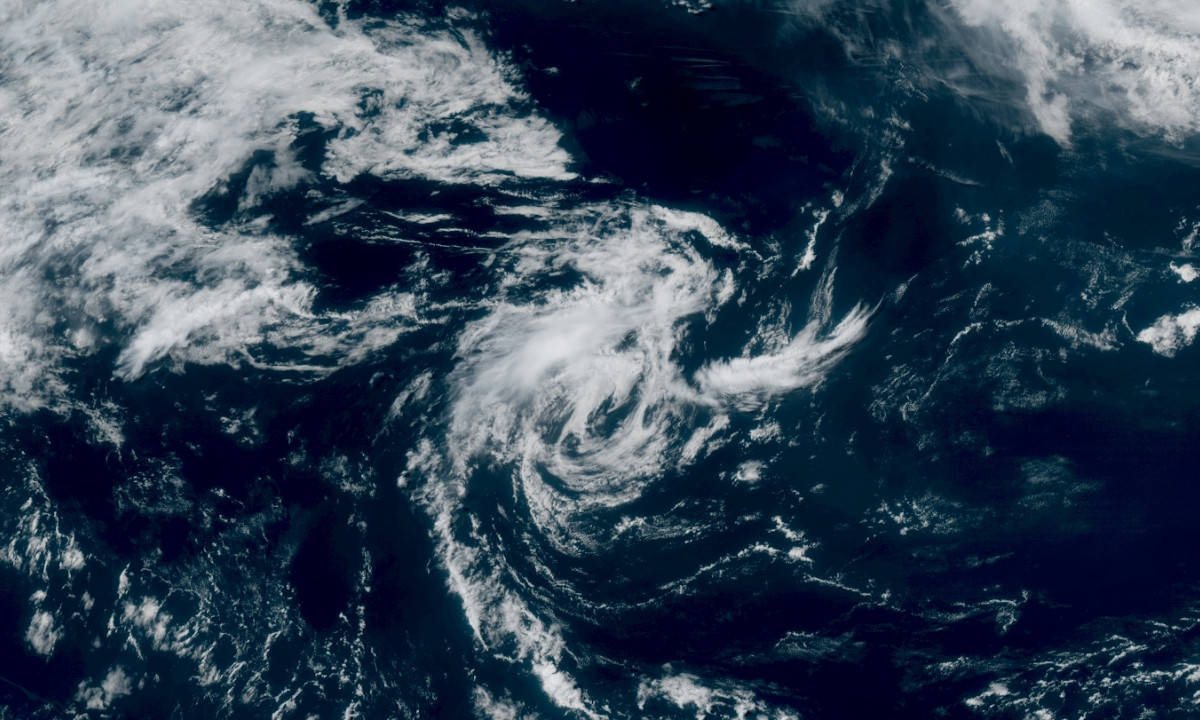
Tropical Storm Andrea might not be a household name, but it has an interesting story. Formed in the Atlantic, Andrea was the first named storm of the 2013 hurricane season. Did you know that Andrea brought heavy rain and gusty winds to parts of Florida and the southeastern United States? Despite not reaching hurricane status, it caused significant flooding and power outages. Why is Tropical Storm Andrea significant? It marked the beginning of a busy hurricane season and served as a reminder of the power of nature. Let's dive into 20 fascinating facts about this storm, from its formation to its impact.
Tropical Storm Andrea: An Overview
Tropical Storm Andrea was a significant weather event that impacted various regions. Understanding its characteristics and effects can provide insight into tropical storms in general.
-
Andrea was the first named storm of the 2013 Atlantic hurricane season. This marked the beginning of a season that would see numerous other storms.
-
It formed on June 5, 2013. The storm developed in the Gulf of Mexico, an area known for spawning tropical storms and hurricanes.
-
Andrea reached peak winds of 65 mph. While not a hurricane, its winds were strong enough to cause damage and warrant attention.
-
The storm made landfall in Florida. Specifically, it hit the Big Bend area, bringing heavy rain and strong winds.
Impact on the United States
Andrea's effects were felt across several states, causing various types of damage and disruption.
-
Heavy rainfall was a major issue. Some areas experienced up to 10 inches of rain, leading to flooding.
-
There were tornadoes associated with Andrea. At least six tornadoes were reported, causing additional damage.
-
Power outages affected thousands. The storm's winds and rain led to widespread power outages in several states.
-
Travel was disrupted. Flights were canceled, and roads were closed due to flooding and debris.
Environmental and Economic Effects
The storm had both immediate and long-term effects on the environment and economy.
-
Agricultural damage was significant. Crops in affected areas were damaged by flooding and high winds.
-
Coastal erosion occurred. The storm's surge and waves eroded beaches and coastal areas.
-
Economic losses were estimated in the millions. The cost of repairs, lost business, and other factors added up quickly.
-
Wildlife was impacted. Habitats were disrupted, and some animals were displaced by the storm.
Response and Recovery
Efforts to respond to and recover from Andrea were extensive and involved multiple agencies.
-
Emergency services were mobilized. Local, state, and federal agencies worked together to respond to the storm.
-
Shelters were opened. Many people sought refuge in shelters due to flooding and damage to their homes.
-
Cleanup efforts took weeks. Removing debris, restoring power, and repairing infrastructure was a lengthy process.
Lessons Learned
Andrea provided valuable lessons for future storm preparedness and response.
-
Early warnings were crucial. Timely forecasts and warnings helped minimize the storm's impact on human life.
-
Community preparedness made a difference. Communities that had plans in place fared better than those that did not.
-
Infrastructure improvements were highlighted. The storm underscored the need for better infrastructure to withstand such events.
-
Environmental protection is important. Preserving natural barriers like wetlands can help mitigate storm damage.
-
Continued research is needed. Studying storms like Andrea helps improve forecasting and response strategies for future events.
Final Thoughts on Tropical Storm Andrea
Tropical Storm Andrea, the first named storm of the 2013 Atlantic hurricane season, brought significant attention to early-season storms. Forming in June, Andrea impacted Florida and the southeastern United States with heavy rain, strong winds, and tornadoes. Despite being a relatively weak storm, Andrea caused notable flooding and damage, reminding us of the power of nature.
Understanding Andrea's path, impact, and aftermath helps us better prepare for future storms. Early warnings and preparedness can save lives and reduce property damage. Andrea's swift formation and movement highlight the importance of staying informed during hurricane season.
By learning from past storms like Andrea, communities can improve their resilience and response strategies. Stay vigilant, heed weather advisories, and always have a plan in place. Tropical Storm Andrea may have been short-lived, but its lessons remain valuable for future storm preparedness.
Was this page helpful?
Our commitment to delivering trustworthy and engaging content is at the heart of what we do. Each fact on our site is contributed by real users like you, bringing a wealth of diverse insights and information. To ensure the highest standards of accuracy and reliability, our dedicated editors meticulously review each submission. This process guarantees that the facts we share are not only fascinating but also credible. Trust in our commitment to quality and authenticity as you explore and learn with us.
